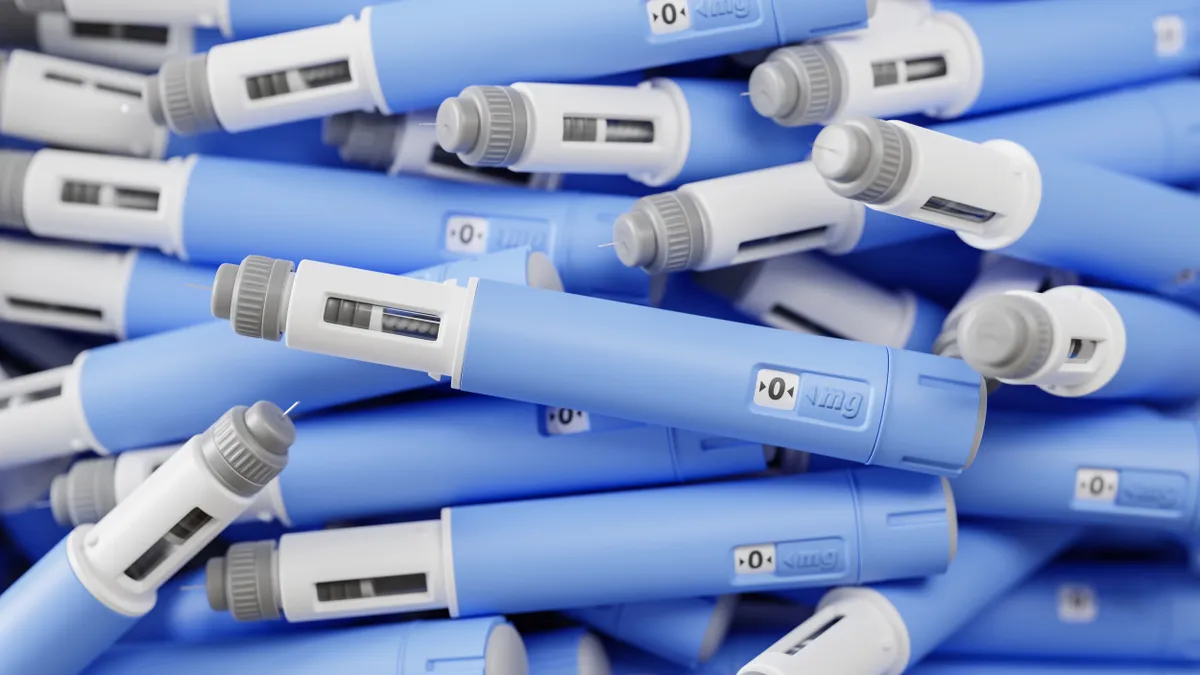According to Manhattan Research, 2004 will be the pivotal year for the future of pharmaceutical e-detailing programs. Pharmaceutical companies are finding that although the cost of detailing products to physicians is rising, tangible results are not. E-detailing can strengthen the pharmaceutical-physician relationship by offering physicians an opportunity to improve the way they work, and at the same time, cut costs and increase revenue for pharmaceutical companies. But achieving results with e-detailing, according to IBM Institute for Business Value, requires companies to go beyond just doling out data when and where doctors need it, but helping them provide better care with access to drug information they value and trust. “Gaining access to physicians is a challenge,” says David Hauben, director of e-business at Aventis Pharmaceuticals Inc. “Physicians may not have as much time to spend with sales reps and at times the quality of those interactions is not what we would like them to be. Physicians want information from pharmaceutical companies, but on their schedule, not necessarily when our reps are there to see them. E-detailing can enhance interactions so that companies can provide physicians with what they want, when they want it, and how they want it, and hopefully improve access, time, and quality of interactions for both the company and its representatives.” IBM research suggests that by providing physicians with more updated drug information, simplifying the sample ordering and delivery process, and allowing physicians to connect with peers in their specialty area, e-detailing can be an important tool that helps pharmaceutical companies improve physician relationships and, in turn, build market share. Many pharmaceutical companies have e-detailing initiatives under way and physician interest appears to be growing. In a recent survey, conducted by IBM, about 38% of physicians reported an interest in receiving information electronically, up from 27% last year. According to Andrew Purcell, VP of diabetes marketing at Novo Nordisk Pharmaceuticals Inc., one of the benefits of e-detailing is that it provides control and convenience to doctors. “Our metrics show that about 70% of the e-details physicians completed were viewed outside traditional office hours,” he says. “An e-detail, which lasts eight minutes to 10 minutes, enables representatives to focus more on the delivery of new information, making their time on a sales call more effective. E-detailing also gives physicians an opportunity to provide feedback to help companies address specific needs. By taking the time to understand what physicians’ needs are and delivering information in a manner that respects their busy schedules, pharmaceutical companies can enhance their relationship with them.” But, adoption of e-detailing requires physicians to change their habits, moving from one method of interaction with pharmaceutical companies to another, and, in many cases, trying a new technology with which they are not completely comfortable. For this reason, the cornerstone of any e-detailing strategy should be trust, IBM researchers say. Companies should build on the trusted sources of information and the components of a traditional detailing relationship that physicians value most into e-detailing channels, including face-to-face visits with sales reps. This will make physicians more comfortable with adopting e-detailing as part of the process and help increase the adoption rate. Taren Grom Editor David Hauben There are two ways to look at e-detailing. Some companies may want to try e-detailing across all of their brands, while others may want to determine how this channel specifically meets the needs of some brands. We try to determine how technology can be applied across a product’s entire life cycle. Letters Send your letters to [email protected]. Please include your name, title, company, and business phone number. Letters chosen for publication may be edited for length and clarity. All submissions become the property of PharmaLinx LLC. Integrating E-detailing
An article from


Letter from the Editor
Filed Under:
Commercialization









